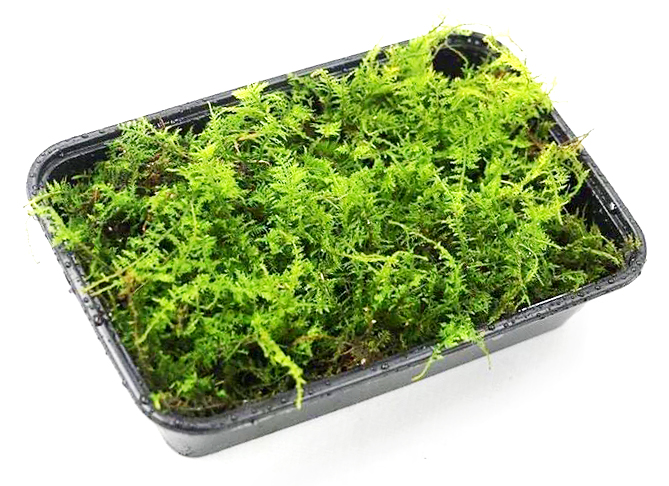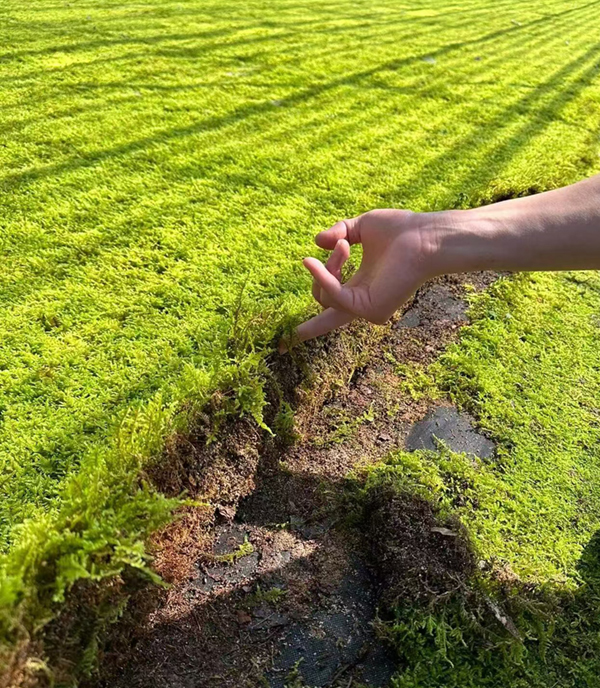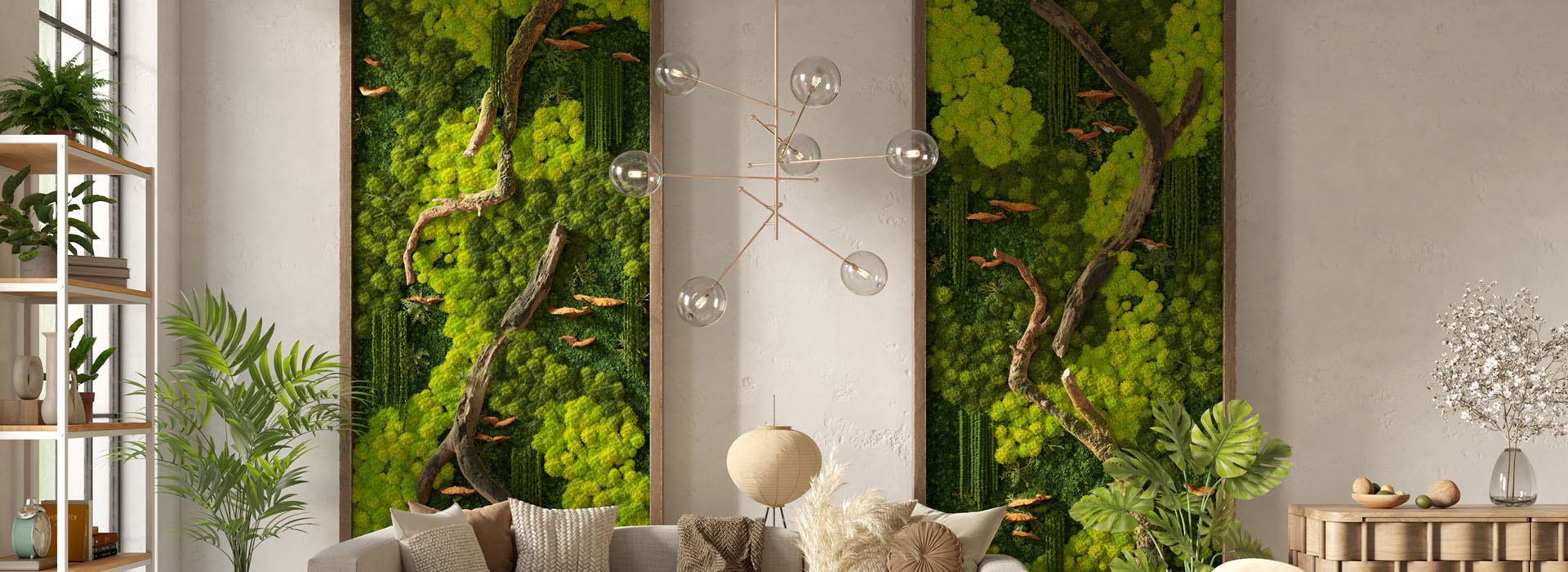
- We are committed to producing high-quality agricultural products and offering excellent services to our customers.
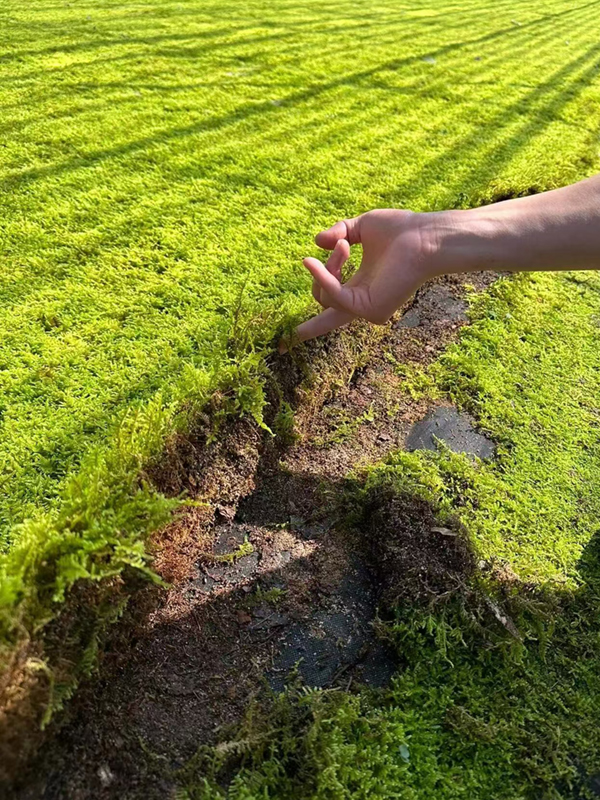
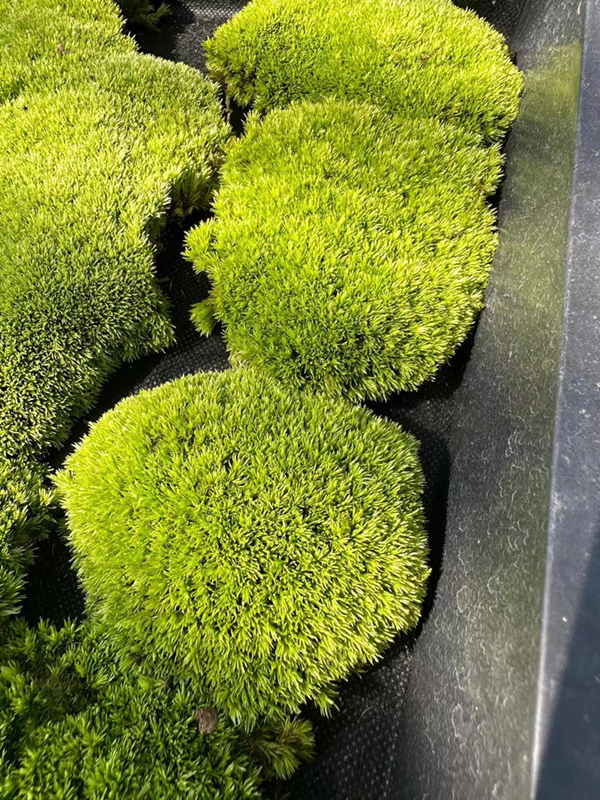
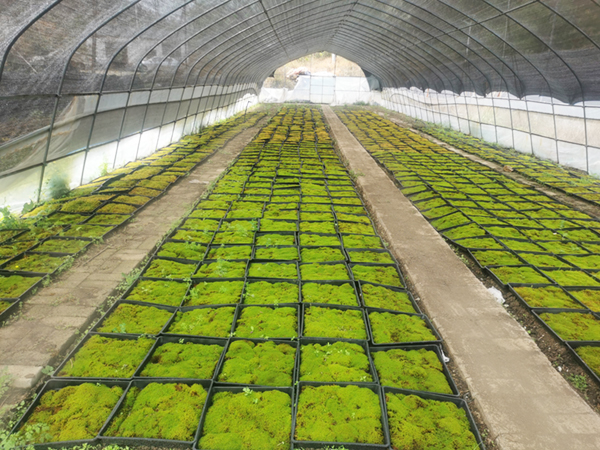
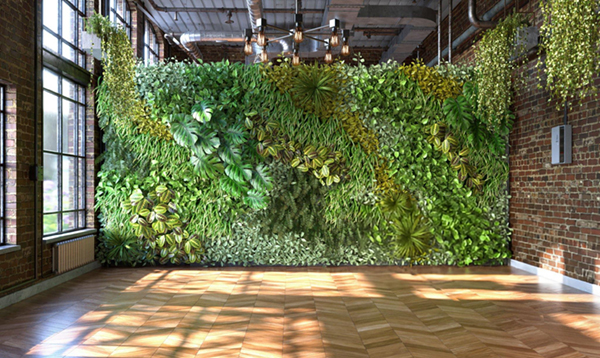
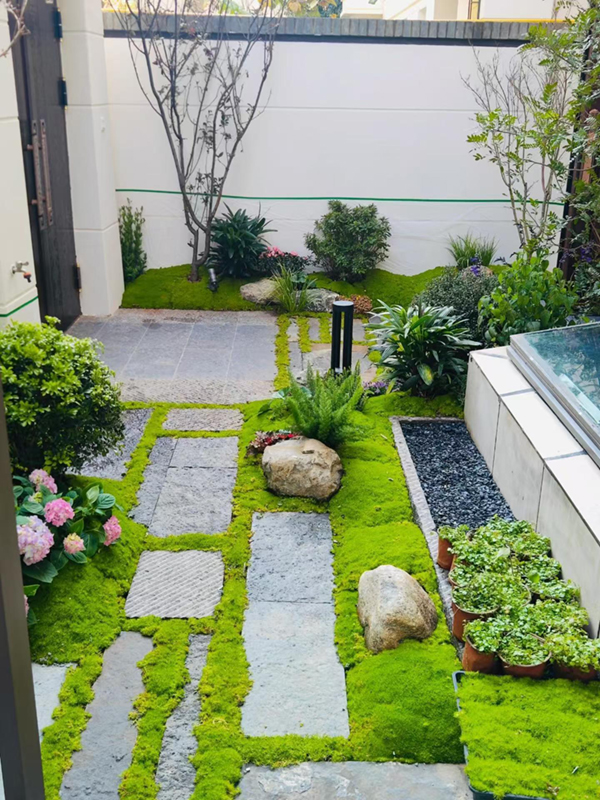
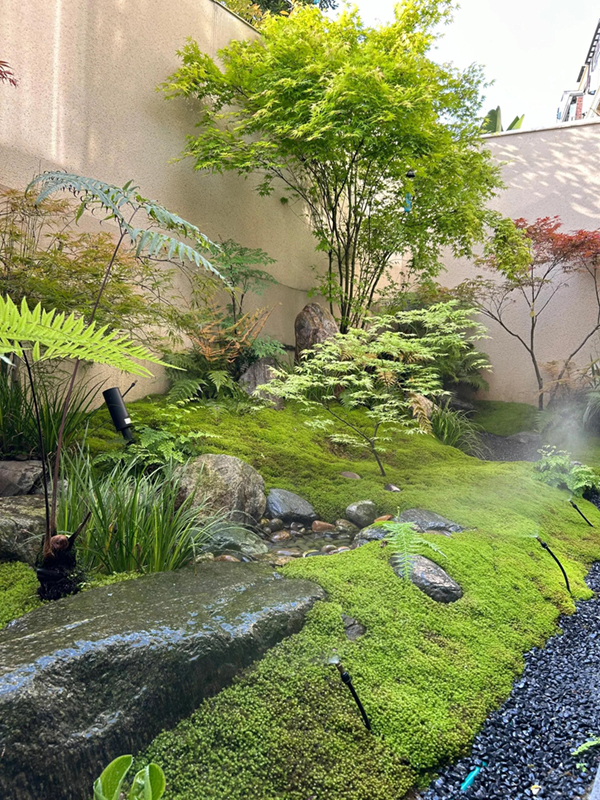
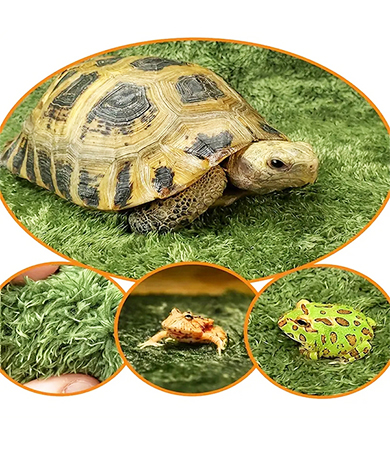
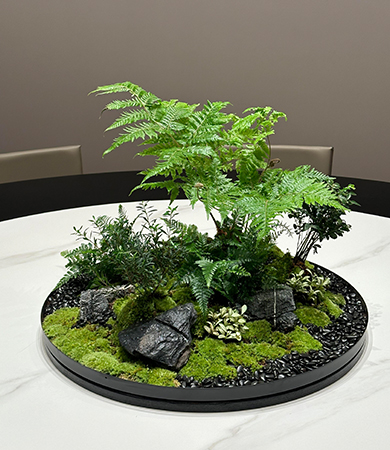
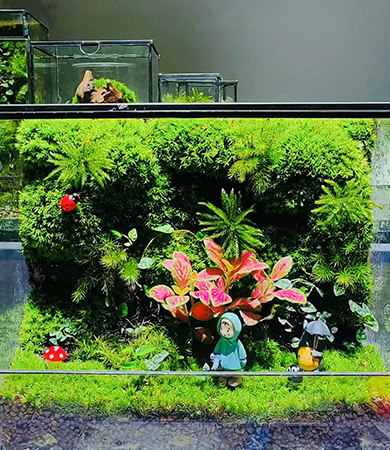
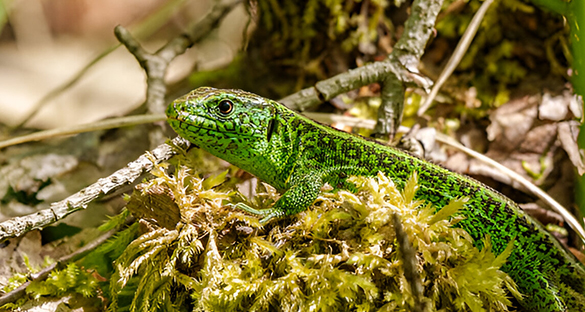
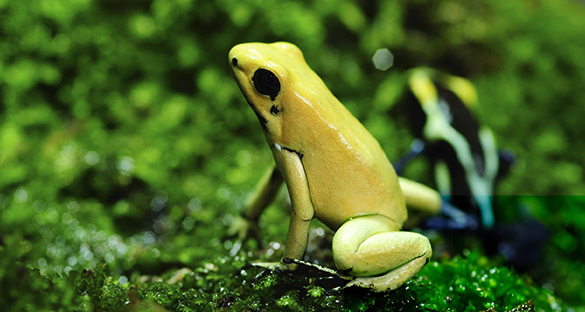
Also known as Feather Moss, is a common, spore-bearing plant found worldwide in forests and shaded areas. It forms dense carpets on forest floors, with short, reddish-brown stems and thin, cypress-like leaves. The moss is vibrant green and grows well in terrariums, rock gardens, and pot covers. Plant in well-drained, fertile soil, ensuring good contact with the ground. Water moderately and allow drying between watering. Hypnum Moss thrives in low to moderate light and needs minimal supplements. It grows on the ground, trees, and rocks, preferring shady locations. When handling, check moisture levels and fluff as needed to keep it fresh.
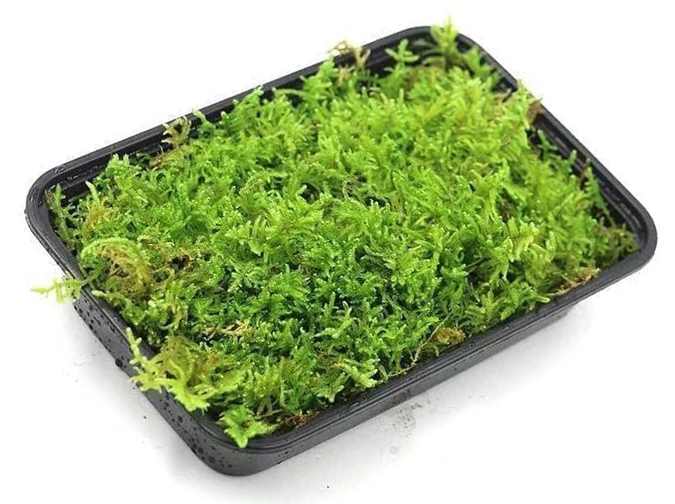
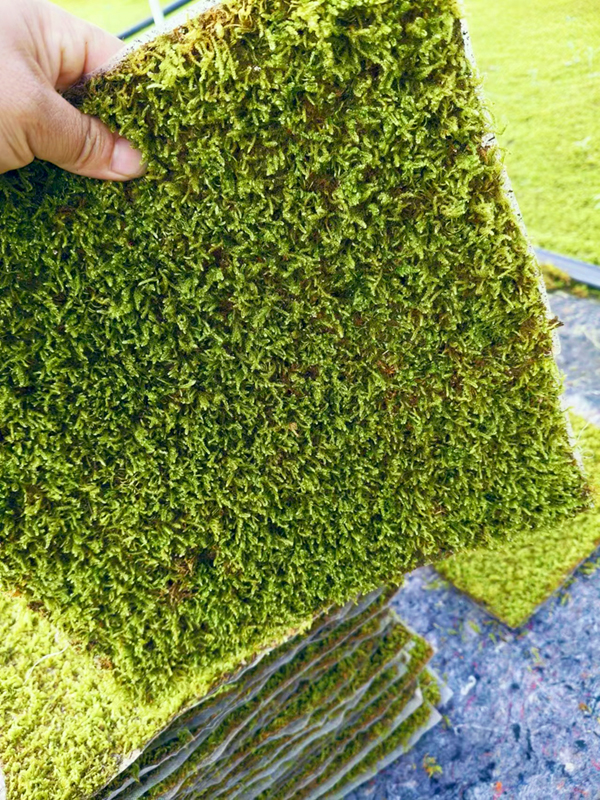
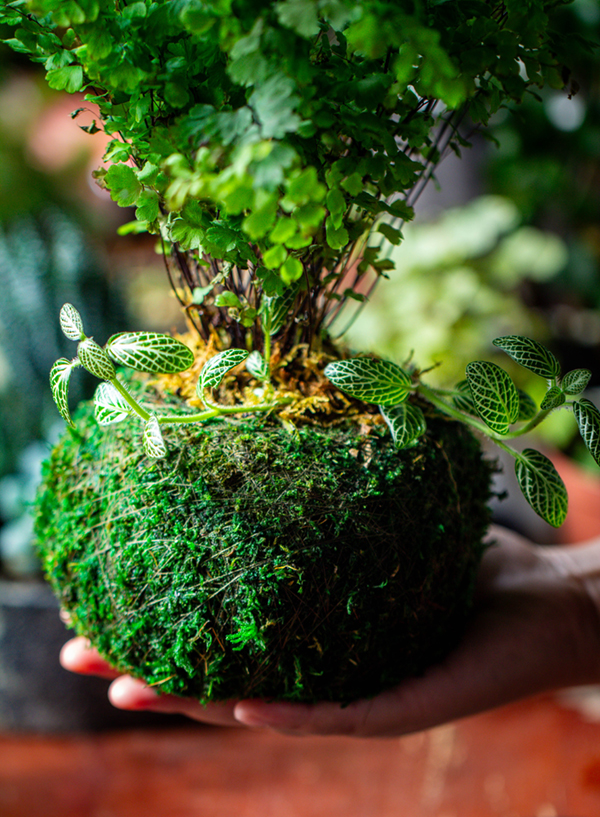
Commonly known as Bowring's Pincushion Moss, is a species of moss belonging to the Leucobryaceae family. This moss is characterized by its distinctive cushion-like growth habit, which gives it a pincushion-like appearance. It typically grows in dense clumps, forming a lush, vibrant green mat that can cover large areas of ground in moist, shaded environments.
One of the notable features of Leucobryum Bowringii is its adaptability and tolerance to various environmental conditions. It thrives in both acidic and alkaline soils and can withstand a wide range of temperatures, making it a versatile choice for landscaping and garden design. Its ability to retain moisture also makes it an excellent candidate for use in erosion control and as a natural mulch.
In addition to its practical uses, Leucobryum Bowringii is also valued for its ornamental qualities. Its dense, cushion-like growth habit and rich green color make it a popular choice for adding a touch of natural beauty to gardens, parks, and other outdoor spaces. It can be used as a ground cover, in rock gardens, or even as a decorative accent in containers and planters.
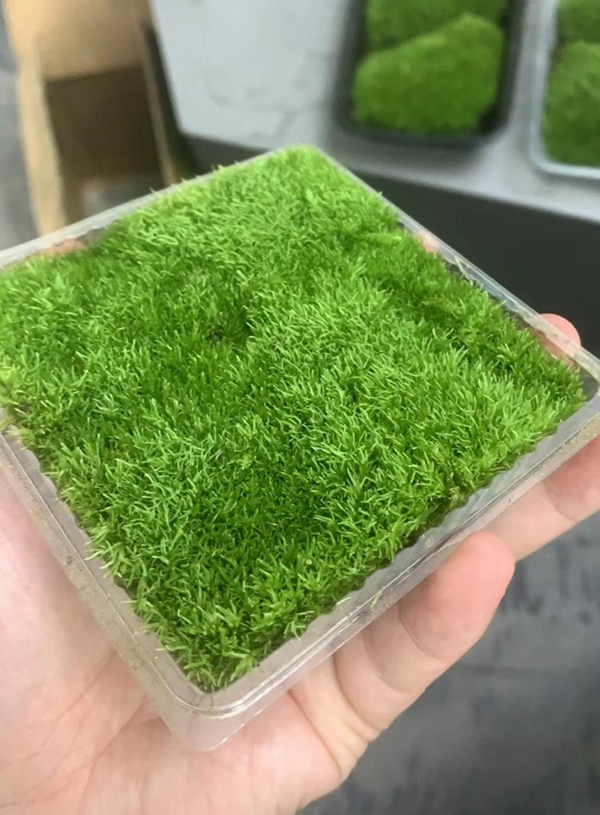
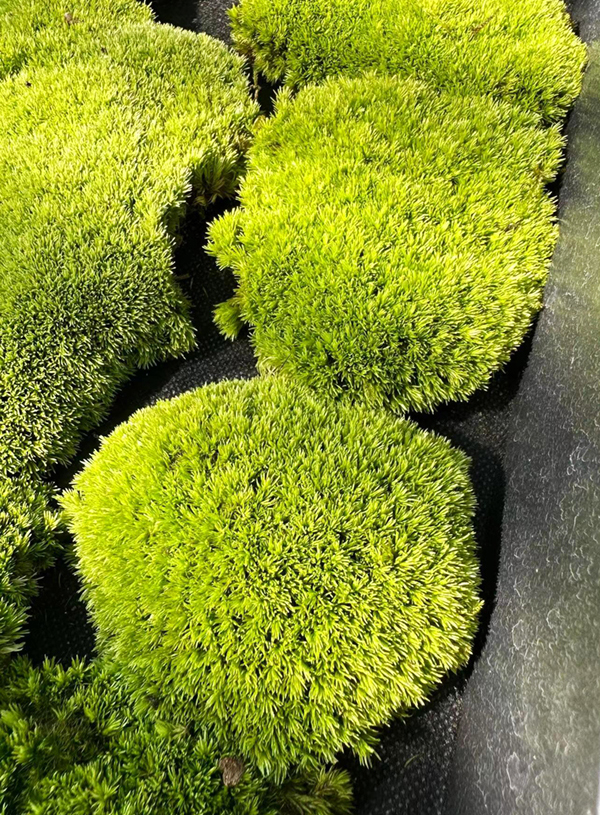
Commonly known as the Fringed Bristle Moss, is a species of moss belonging to the Thuidiaceae family. This moss is recognized for its delicate, fringed leaves that give it a soft, feathery appearance, resembling a cypress tree. Thuidium Cymbifolium typically grows in tufts or mats, forming a lush green carpet on the forest floor, rocks, and tree trunks in shaded, moist environments.
One of the notable features of Thuidium Cymbifolium is its adaptability to various habitats. It can thrive in a range of soil types, including acidic and alkaline soils, and can tolerate a wide range of temperatures. This moss is known for its ability to retain moisture, making it an excellent choice for use in erosion control and as a natural mulch.
In addition to its practical uses, Thuidium Cymbifolium is also valued for its ornamental qualities. Its soft, feathery appearance and rich green color make it a popular choice for adding a touch of natural beauty to gardens, parks, and other outdoor spaces. It can be used as a ground cover, in rock gardens, or even as a decorative accent in containers and planters.
Thuidium Cymbifolium is a hardy and attractive moss species that offers both functional and aesthetic benefits, making it a valuable addition to any landscape or garden.
